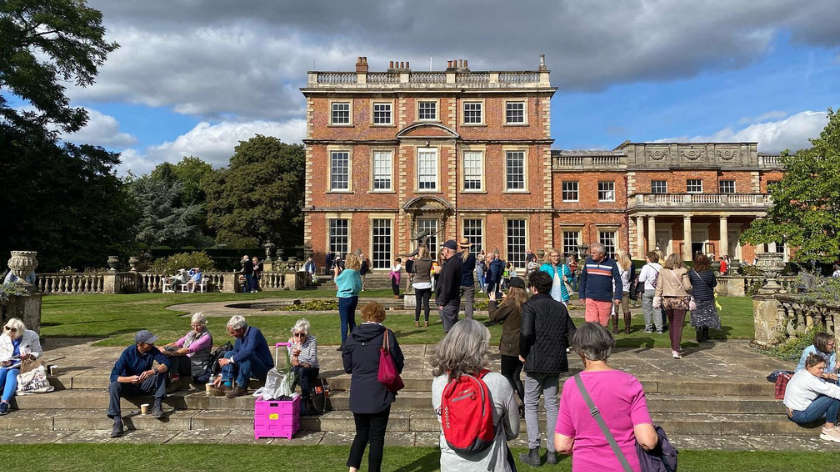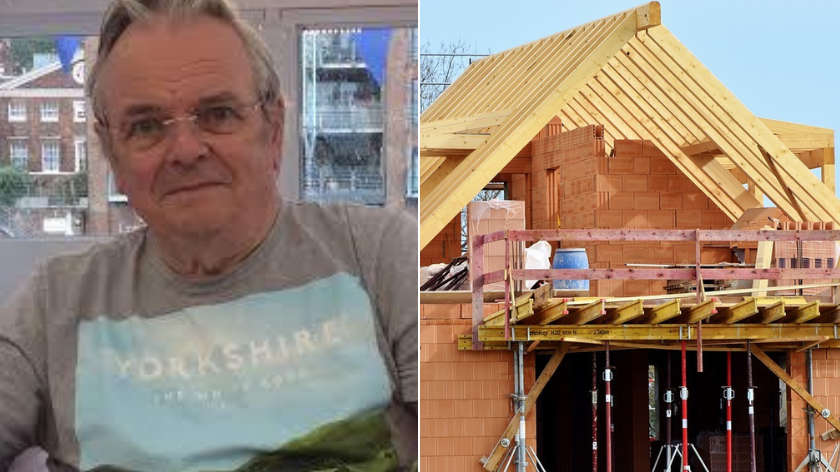
For most people after they flush the toilet it’s a case of out of sight, out of mind.
But our waste has to go somewhere, and in Harrogate it’s increasingly ending up in rivers like the Nidd, Crimple and Oak Beck.
Harrogate’s leading conservationist Keith Wilkinson MBE says the town’s creaking Victorian sewerage network can no longer cope with the number of new homes being built.
He warned that the spectre of development and the consequences of pollution are now “very concerning” for wildlife.
Mr Wilkinson, who was awarded the MBE in 2013 for services to conservation, told the Local Democracy Reporting Service that housing developers, North Yorkshire Council and Yorkshire Water are systematically failing to improve infrastructure which is doing serious harm.
He’s not a lone voice and some local councillors and the Environment Agency have also sounded the alarm about the scale of housebuilding in Harrogate and its impact on the environment.
Harrogate’s sewage was once tipped into becks or onto Killinghall Moor, which is where the Jennyfields estate is today.
A drive to improve public health resulted in the town’s first sewage works in 1900.
However, back then, Harrogate had a population of 25,000.
It’s now more than trebled to 89,000 and it’s argued that improvements to the sewerage network have not kept up with the population growth.
The new Labour government is promising a big increase in housebuilding across the country and Harrogate will not be able to avoid further huge housing schemes being built, particularly on the western side around Harlow Hill and Cardale Park.
This is on top of the thousands of homes that have already been built around Skipton Road, Pennypot Lane and Killinghall.
Mr Wilkinson said the town expanded too fast over the last decade.
He said:
“We’re part of the golden triangle and it’s an accolade to have a HG1 or HG2 postcode but it went mad.”
Yorkshire Water says it plans to invest £12m at Harrogate North wastewater treatment works and a further £27m to improve 12 storm overflows in the town.
But has it been too little, too late?
Mr Wilkinson has been involved with the campaign to clean up the River Nidd with recent testing revealing levels of E.coli ten times higher than “sufficient” levels. He also said other rivers like the Crimple are heavily polluted with sewage.
There was also a troubling sweage pollution incident in 2016 that killed 1,500 fish in Hookstone Beck and eventually led to a record £1m fine for Yorkshire Water last year.
He added:
“Where is all the sewage from the Beckwithshaw side going? I’m not sure I have the answer. The whole thing needs a complete overhaul, infrastructure investment on a massive scale is needed.”
North Yorkshire Council is in the early stages of developing its next Local Plan which will map out where new homes can be built over the next few decades.
It should be the perfect opportunity to tackle the issue of where our sewage goes head-on.
Mr Wilkinson said:
“In this country, we put the cart before the horse with infrastructure. We approve housing and hope other things happen afterwards. It’s not good planning.”
Yorkshire Water is not a statutory consultee on major planning applications which has been a source of frustration for residents.
The company is allowed to release sewage through storm overflows when the system is at full capacity, such as during heavy rainfall, but it increasingly happens during dry weather too.
Mr Wilkinson is optimistic that public pressure will lead to Yorkshire Water improving the current situation.
He said:
“Deregulation took the brakes off and it became the wild west. Harrogate is an example of how the public has suffered.”
A Yorkshire Water spokesperson said:
“We work with local planning teams to understand the developments planned for land in their area so we can plan for any expansion required. Where necessary we invest to ensure the network has enough capacity to handle any additional wastewater flows.
“While we are not statutory consultees on new developments, we review planning applications and assess the likely impact on our network.
"We work closely with developers and encourage them to separate wastewater and surface water from rainfall on roads and paved areas to again reduce the flows entering the combined public sewer network.
“We encourage all developers to manage surface water in a sustainable and environmentally friendly way, such as by using sustainable urban drainage solutions or by returning the rain back to the environment.
“Investment is currently taking place at our wastewater treatment works in Killinghall, Shaw Mills, Darley and Pateley Bridge to make improvements to their performance.
"We are also investing in pumping stations, sewers and storm overflows as we continue to improve the water environment.”



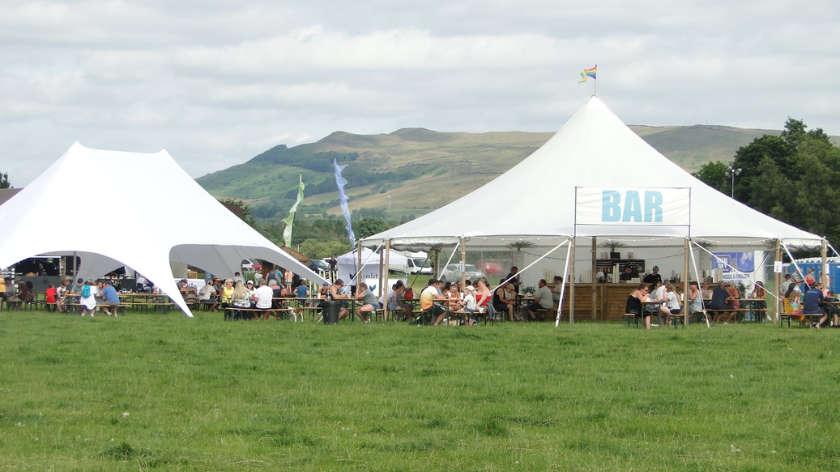 Yorkshire Dales Food and Drink Festival cancelled
Yorkshire Dales Food and Drink Festival cancelled
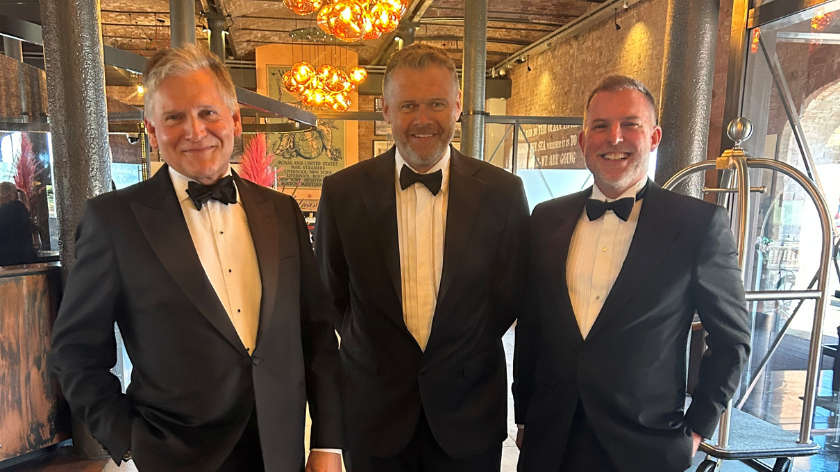 Harrogate law firm receives national recognition for outstanding client care
Harrogate law firm receives national recognition for outstanding client care
 Boroughbridge school celebrates 150th anniversary
Boroughbridge school celebrates 150th anniversary
 Giant globe installation unveiled in Harrogate
Giant globe installation unveiled in Harrogate
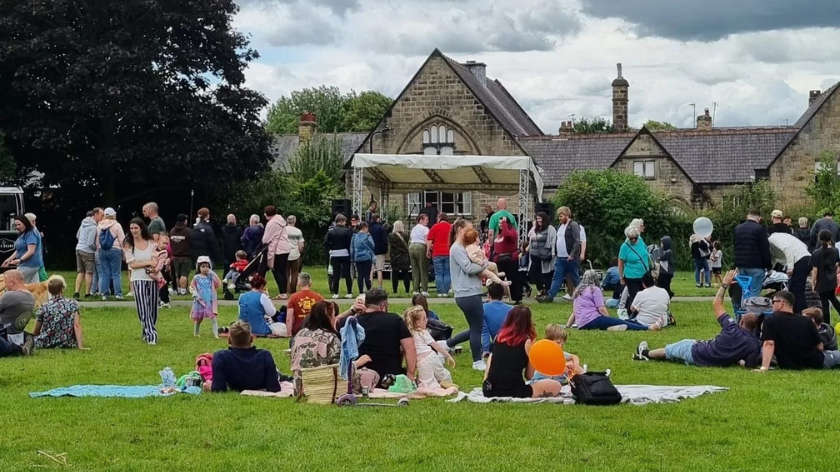 Everything you need to know about Starbeck Fest
Everything you need to know about Starbeck Fest
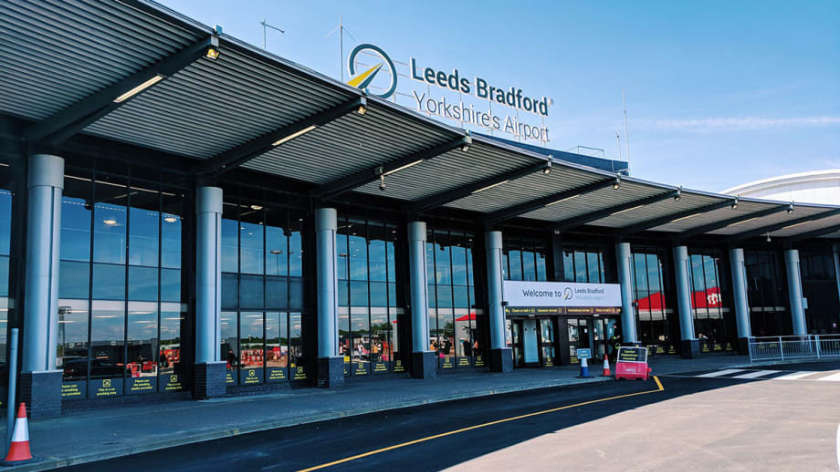 Leeds Bradford Airport ranked in UK's top 10
Leeds Bradford Airport ranked in UK's top 10
 Supercar event returns to Ripon this weekend
Supercar event returns to Ripon this weekend
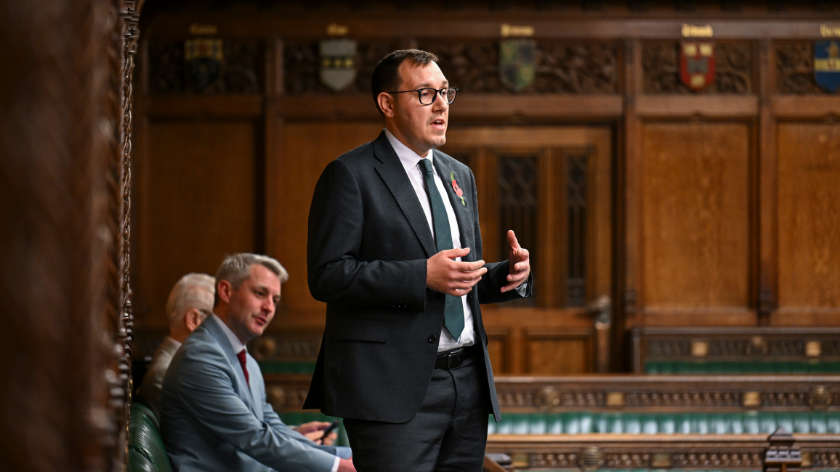 Harrogate MP votes against 'cruel' Government welfare cuts
Harrogate MP votes against 'cruel' Government welfare cuts
 Pedestrian taken to hospital after Bond End crash
Pedestrian taken to hospital after Bond End crash
 Bus firm launches £3.5million hybrid fleet to Leeds Bradford Airport
Bus firm launches £3.5million hybrid fleet to Leeds Bradford Airport
 Harrogate triathlete to compete for Team GB at European finals
Harrogate triathlete to compete for Team GB at European finals
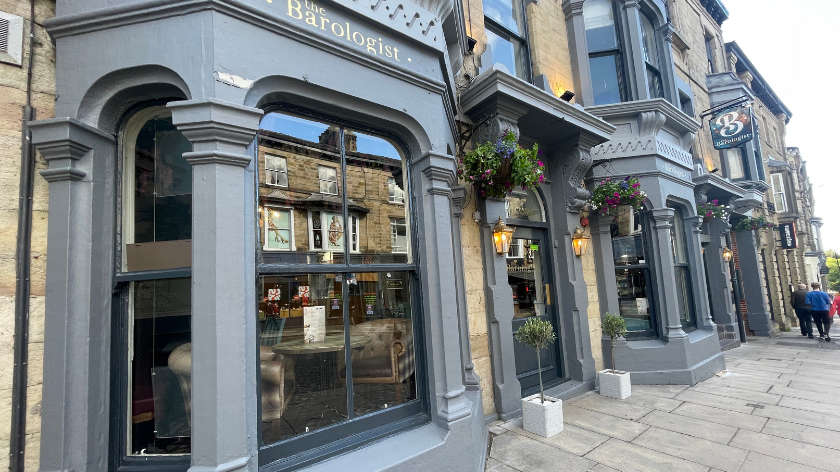 New cocktail bar launches in Harrogate town centre
New cocktail bar launches in Harrogate town centre
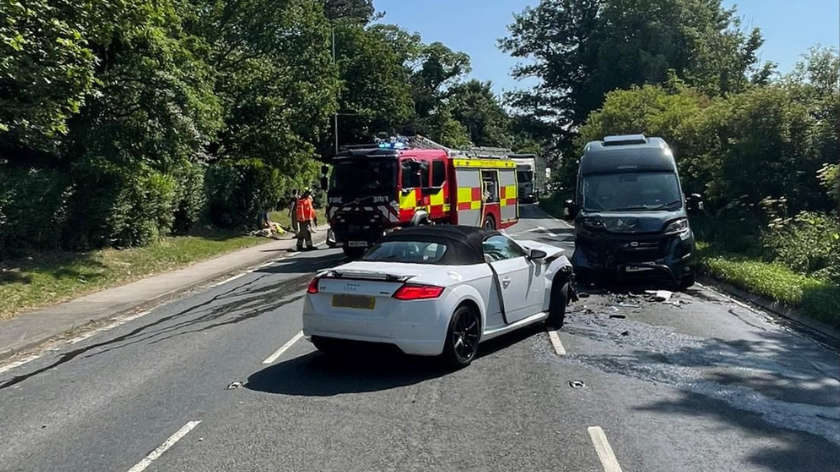 Police launch appeal after Ripon Road crash
Police launch appeal after Ripon Road crash
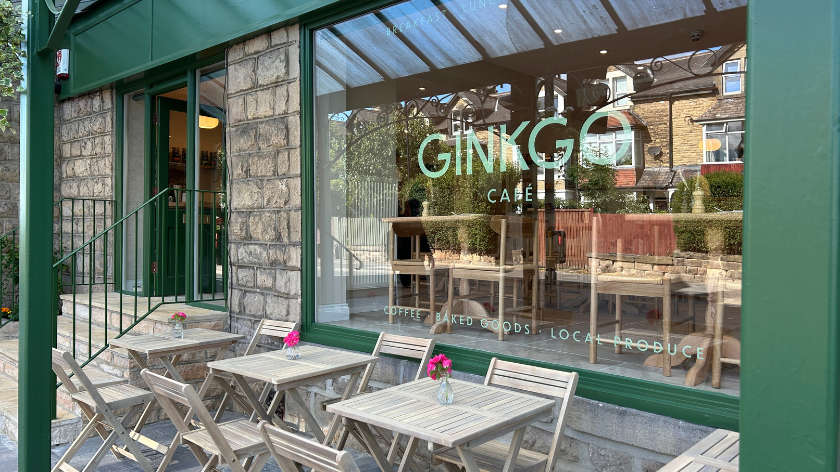 New café opens on Kings Road in Harrogate
New café opens on Kings Road in Harrogate
 Knaresborough dance school head to Dance World Cup
Knaresborough dance school head to Dance World Cup
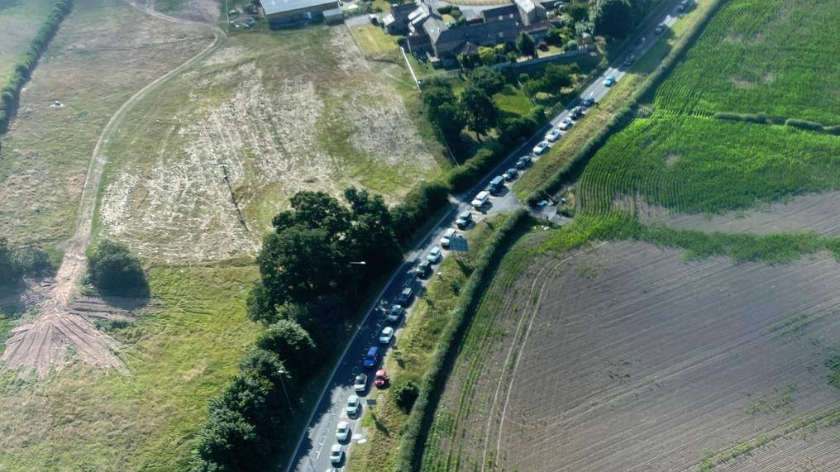 Travel guide: Getting around Harrogate during the Great Yorkshire Show
Travel guide: Getting around Harrogate during the Great Yorkshire Show
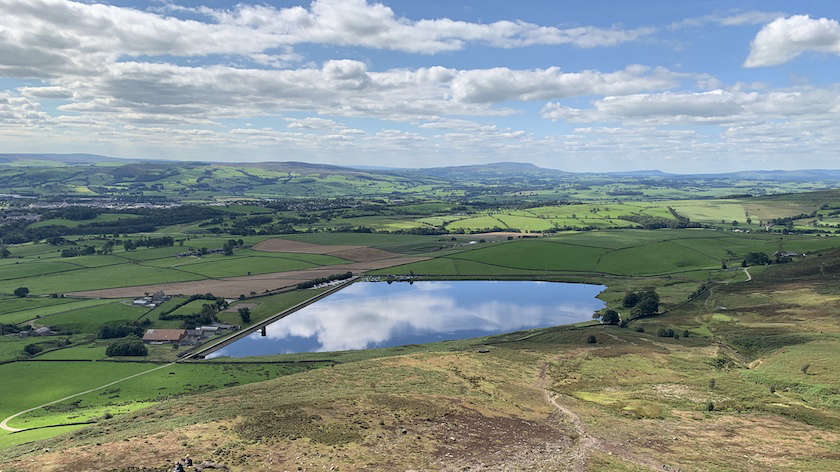 Yorkshire's reservoir levels drop further after heatwave
Yorkshire's reservoir levels drop further after heatwave
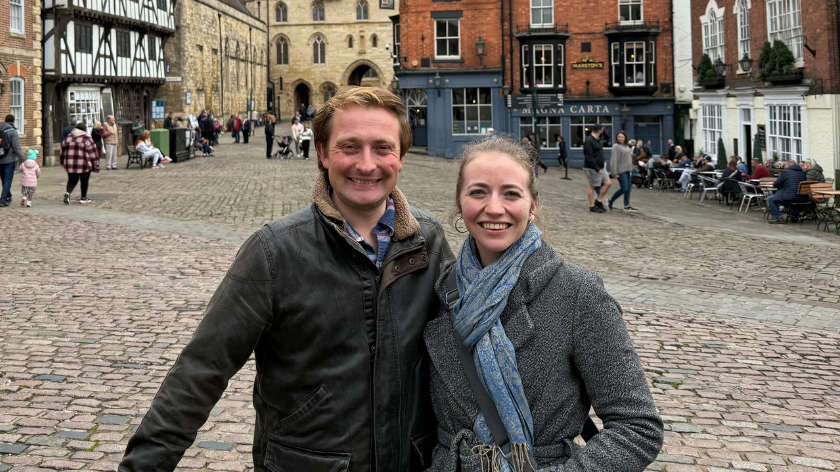 Walking tour legend to host Harrogate's first women's history walk
Walking tour legend to host Harrogate's first women's history walk
 Harrogate Town announce signing of Doncaster defender
Harrogate Town announce signing of Doncaster defender
 Rossett School's sponsored walk raises thousands for charity
Rossett School's sponsored walk raises thousands for charity


